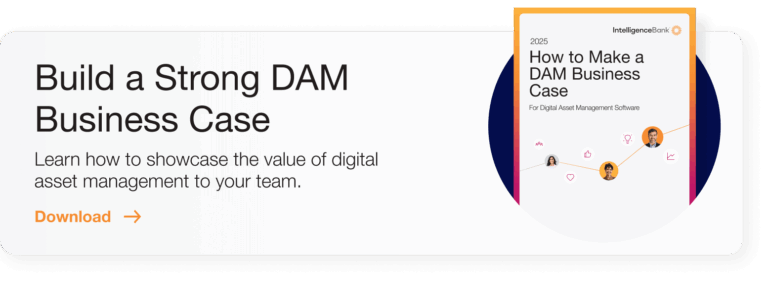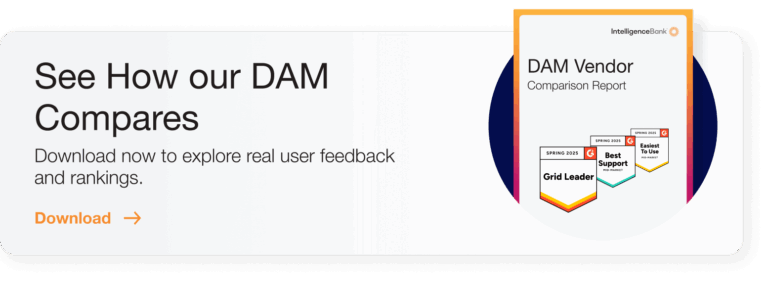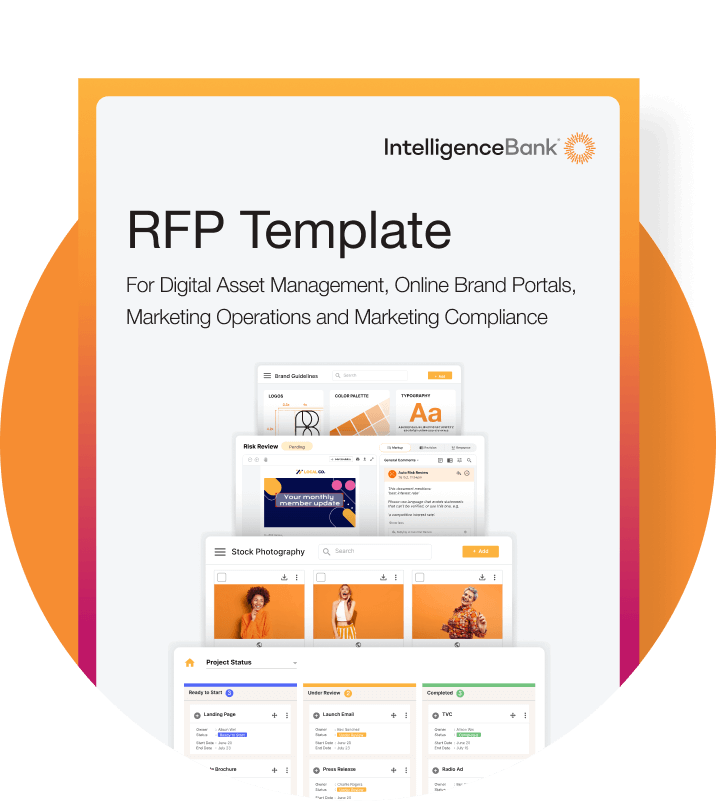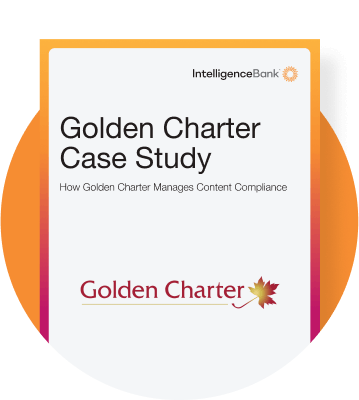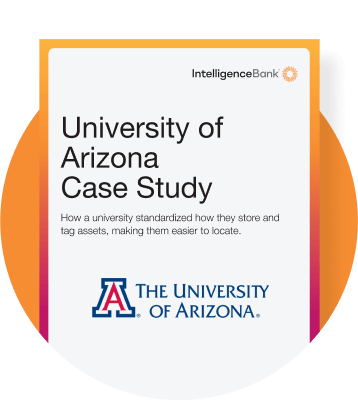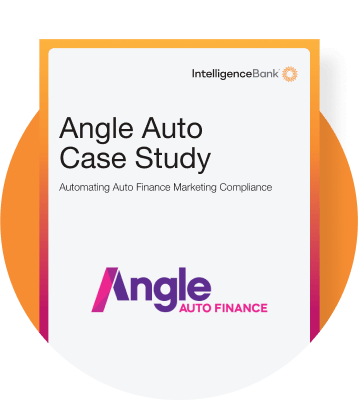Selecting the best Digital Asset Management (DAM) software requires more than just comparing feature lists. It demands a strategic approach that aligns with your specific business goals and workflows. The right DAM system should act as a centralized hub that not only stores your marketing content but also transforms how your team collaborates, maintains compliance and accelerates content velocity. This comprehensive guide provides a framework to evaluate DAM solutions, helping you identify the perfect platform that scales with your business and delivers measurable ROI.
We will help you move beyond basic feature lists to assess how a DAM integrates with your tech stack, scales with your content growth and meets the needs of your team.
In this guide, you will learn:
- The difference between a DAM and content storage
- A strategic framework to define your requirements, using key questions and a proven maturity model.
- How to calculate potential ROI and build a business case by quantifying time saved and inefficiencies eliminated.
- A 5-point vendor evaluation checklist covering usability, scalability, security, and vendor viability.
- Actionable next steps for finalizing your decision and proceeding with a demo.
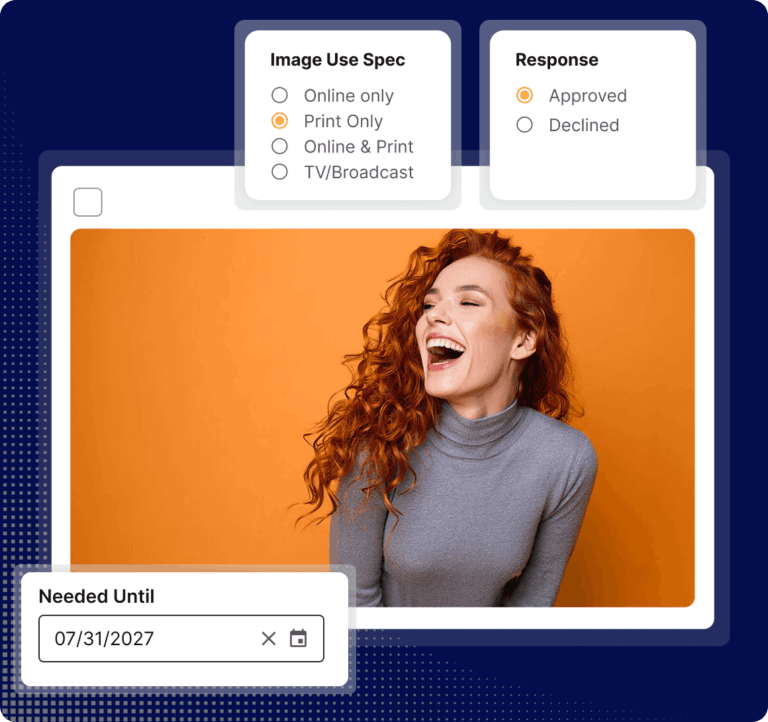
Understanding the Difference Between a DAM and Content Storage Software
Not all Digital Asset Management (DAM) systems are created equal. As Forrester notes, modern DAMs have evolved from systems of record (focused on storage and management), into systems of action that help teams create, transform and distribute content at scale.
Below is a breakdown of how DAM capabilities have evolved from simple content storage to AI-powered content operations.
| Category | Core Capabilities |
|---|---|
| Shared Drive | Folder-based storage, manual naming conventions, limited version control, no metadata or rights management. |
| Media Library | Centralized storage, basic tagging, search by file name or metadata, download links and light sharing options. |
| Basic DAM | Advanced metadata, version control, automated tagging, permissions, approval workflows, integrations with creative tools. |
| AI-Powered DAM | AI-driven tagging and search, workflow automation, content transformation and optimization, AI-powered compliance checks and advanced analytics. |
Regardless of the type, all effective DAM systems deliver foundational benefits that solve common business pain points:
- Eliminate Content Silos: Break down departmental barriers and fragmented storage solutions by housing assets in a single, searchable source of truth.
- Accelerate Time-to-Market: Drastically reduce the time spent searching for, approving, and distributing digital content.
- Enforce Brand Consistency: Ensure everyone – from marketing to sales to partners – use only the latest, on-brand assets.
- Mitigate Legal Risk: Manage talent and usage rights with detailed metadata tagging, automated expiry alerts and permission-based access.
Defining Your DAM Requirements: A Strategic Framework
With a clear understanding of the different DAM types, the next critical step is turning inward. A successful DAM implementation isn’t about buying the most feature-rich platform; it’s about selecting the solution that directly addresses your unique business challenges and goals, including increasingly critical legal and regulatory needs.
Start by facilitating conversations with key stakeholders from marketing, creative, IT and legal/compliance to answer these foundational questions:
- Who are the primary users, and what are their technical skills? Will it be used by designers, sales reps, or external partners?
- What volume and types of assets will you manage? Is your focus on high-resolution video, PDFs, brand logos, or a mix of everything?
- What are your key integration points? Which systems must the DAM connect with, such as your CMS, PIM, CRM, or Adobe Creative Cloud?
- Who will administer the system? Do you have a dedicated resource for metadata schema management and user support?
- What legal or regulatory requirements must we meet? Do you need to manage talent rights, usage expiries, or comply with industry regulations like GDPR or HIPAA?
The DAM Maturity Model: Mapping Your Journey
Your answers will place you somewhere on the DAM maturity spectrum. This model helps you articulate your current state and target your future needs, ensuring the platform you choose can grow with you.
| Maturity Stage | Business Need & Attitude | Key DAM Capabilities Needed |
|---|---|---|
| Basic Centralization | "Our shared drive is chaos. We need one place for files that's searchable and shareable." | Simple cloud-based DAM, metadata, automatic tagging, usage reporting. |
| Brand Compliance | "Managing approvals in email is risky. We need to control brand quality and manage legal risks like talent rights." | Workflow approvals, dynamic creative templates, online brand guidelines, digital rights management (DRM), and usage expiry alerts. |
| Marketing Operations | "Managing projects via spreadsheets and email is inefficient. We need an auditable system for briefs, budgets, and workloads." | Custom forms (briefs), project and task dashboards, approval trails, and automated reminders. |
| Enterprise Governance | "We have massive inefficiencies and no creative compliance. We need a single source of truth integrated across all systems, with full audit trails and automated regulatory compliance reviews." | Integrations with creative software, CMS, and PIM that have enterprise-wide access controls, robust audit logs, and compliance risk scanning solutions to assist with specific regulations (e.g., GDPR, HIPAA, FINRA). |
If you’re ready to begin to formalize your requirements, download our comprehensive Digital Asset Management RFP Template to ensure you ask every vendor the right questions about security, compliance, and integrations.
Calculating DAM ROI and Building Your Business Case
Justifying a DAM investment requires moving beyond vague promises of “better organization” to concrete financial metrics. The most compelling business case quantifies the current cost of content chaos and projects the tangible savings a DAM will deliver. When teams lack a centralized system, significant financial losses occur through invisible operational inefficiencies that can be directly measured.
Start by calculating your current “cost of chaos” across these key areas:
- Time Wasted Searching for Assets: Multiply the average time spent searching for files by employee count and hourly rates.
- Resources spent Recreating Lost Assets: Track the cost of redesigning or repurchasing assets that couldn’t be found.
- Delayed Time-to-Market: Quantify the opportunity cost of campaigns launching late due to slow approval cycles.
- Compliance and Legal Risks: Estimate potential fines or legal fees from using unapproved or rights-expired assets.
- Brand Inconsistency: Calculate the reputational damage and lost revenue from off-brand marketing materials.
A Proven ROI Framework
Our clients typically achieve a 50%+ reduction in time spent managing creative assets. To build your own case, follow this straightforward calculation:
- Calculate Current Annual Costs:
(Hours spent searching + hours spent recreating assets + hours managing approvals) × Average hourly wage - Project DAM Efficiency Gains:
Current annual costs × 0.5 (conservative 50% efficiency estimate) - Calculate Net Annual Savings:
Projected efficiency gains – DAM software cost
Example ROI Calculation:
If 10 employees spending 5 hours weekly on asset management at $40/hour:
- Current Cost: 10 people × 5 hrs × $40 × 52 weeks = $104,000 annually
- With DAM (50% improvement): $52,000 in annual savings
- Net Savings: $52,000 – DAM cost = Clear positive ROI
Need more information? Download our editable DAM Business Case Guide to create a customized, board-ready justification that accounts for your team size, industry, and specific pain points.
The Vendor Evaluation Checklist: 5 Critical Factors
Once you’ve defined your needs and built your business case, the final step is evaluating potential vendors against a consistent set of criteria. This checklist ensures you don’t overlook critical factors that determine long-term success beyond the initial feature demo.
- Usability and Adoption Potential
A powerful DAM is worthless if your team won’t use it. Evaluate:
- Intuitive Interface: Can non-technical users navigate and perform key tasks (upload, search, share) with minimal training?
- Onboarding Support: What training resources, in-app guidance, or dedicated customer success support does the vendor provide?
- User Feedback: Look for consistent praise about ease of use in reviews on sites like G2 and Capterra.
- Scalability and Integration Capabilities
Your DAM must grow and connect with your business.
- Technical Scalability: Can the platform handle a 10x increase in assets and users without performance lag?
- Feature Add Ons: Are there features for advanced functionality such as automated compliance reviews and creative templates that you can take up as your business matures?
- Feature Roadmap: Does the vendor have a clear, innovative product roadmap, especially for AI and emerging tech?
- Integration Ecosystem: Does it offer pre-built connectors and APIs for your key systems (CMS, CRM, PIM, Adobe Creative Cloud, Canva etc.)?
- Security and Compliance Features
Protect your valuable digital IP and meet regulatory requirements.
- Security Protocols: Look for robust features like SSO, role-based permissions, encryption at rest and in transit, and audit trails.
- Compliance Certifications: Is the vendor compliant with relevant regulations like GDPR, HIPAA, or SOC 2?
- Rights Management: Does it have automated expiry alerts and digital rights management (DRM) to prevent legal issues?
- Vendor Viability and Reputation
Partner with a stable vendor that will be there for the long haul.
- Customer Reviews: Analyze independent review sites like G2 for trends in customer satisfaction and support quality.
- Company Longevity: Choose a vendor with a proven track record in DAM and financial stability.
- Client Portfolio: Do they have experience with companies of your size and in your industry?
- Total Cost and Value Alignment
Look beyond the sticker price to understand the true investment.
- Pricing Transparency: Are all costs clear (implementation, training, storage, support)?
- ROI Alignment: Does the proposed solution’s value clearly justify the cost based on your business case?
- Contract Flexibility: Are there options that match your budget cycles and growth plans?
Download the latest DAM vendor comparison guide to see how top providers compare. The report is based on verified user ranking on leading software review platform G2.


